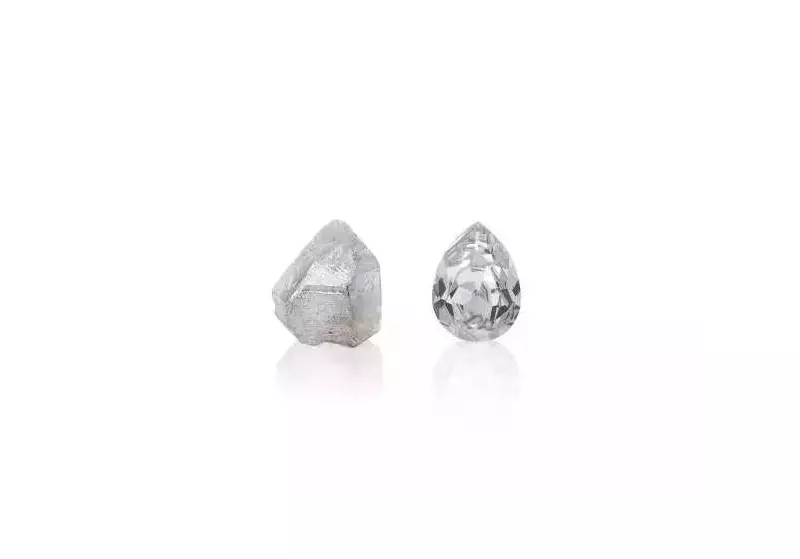
In the sparkling world of fine jewelry, a revolutionary shift is occurring. The emergence of lab-grown diamonds has created both excitement and confusion among buyers. How can you tell if that brilliant stone on your finger was born deep within the Earth or created in a high-tech laboratory?
The Great Diamond Divide: Understanding Your Options
Today's diamond market offers two distinct choices: natural diamonds formed over billions of years under extreme pressure, and lab-grown diamonds that replicate this process in weeks. While chemically identical, their origins tell different stories.
7 Expert Methods to Identify Your Diamond's Origin
- Check the Certification
The most reliable method involves examining the diamond's grading report from reputable laboratories like GIA or IGI. These certificates clearly state whether the diamond is natural or laboratory-grown. Look for specific terminology – natural diamonds won't have "lab-grown" or "laboratory-created" anywhere on the report.
- Price Point Analysis
Lab-grown diamonds typically cost 60-80% less than their natural counterparts of similar quality. If the price seems too good to be true for the carat weight and specifications, you're likely looking at a lab-created stone.
- Microscopic Inscriptions
Most lab-grown diamonds receive laser inscriptions on their girdle indicating their laboratory origin. These inscriptions are microscopic and require professional magnification to read. Jewelers use specialized equipment to detect these tiny markings.
- Fluorescence Patterns
Under UV light, many lab-grown diamonds display distinctive fluorescence patterns that differ from natural stones. While not a definitive test alone, it provides valuable clues when combined with other identification methods.
- Inclusion Analysis
Natural diamonds typically contain different types of inclusions compared to lab-grown varieties. HPHT lab diamonds may show metallic inclusions, while CVD stones might display unique strain patterns visible under magnification.
- Advanced Laboratory Testing
Professional gemological laboratories use sophisticated equipment like spectroscopy to detect minute differences in crystal growth patterns and trace elements that distinguish natural from lab-grown diamonds.
- Magnetic Response Testing
Some HPHT-grown diamonds may show weak magnetic response due to metallic flux inclusions, while natural diamonds typically don't exhibit this property. This requires specialized testing equipment available at jewelry laboratories.
Making an Informed Choice
Both natural and lab-grown diamonds have their merits. Natural diamonds carry geological history and rarity, while lab-grown options offer ethical assurance and affordability. The key is transparency – knowing exactly what you're purchasing and ensuring the seller provides clear documentation.
When shopping for diamonds, always work with reputable jewelers who provide proper certification. Ask direct questions about the diamond's origin and request written confirmation. Remember, there's no right or wrong choice – only what's right for your budget, values, and aesthetic preferences.
Whether you choose the ancient beauty of natural diamonds or the innovative brilliance of lab-grown stones, understanding these identification methods ensures you make a confident, informed decision on your precious purchase.





